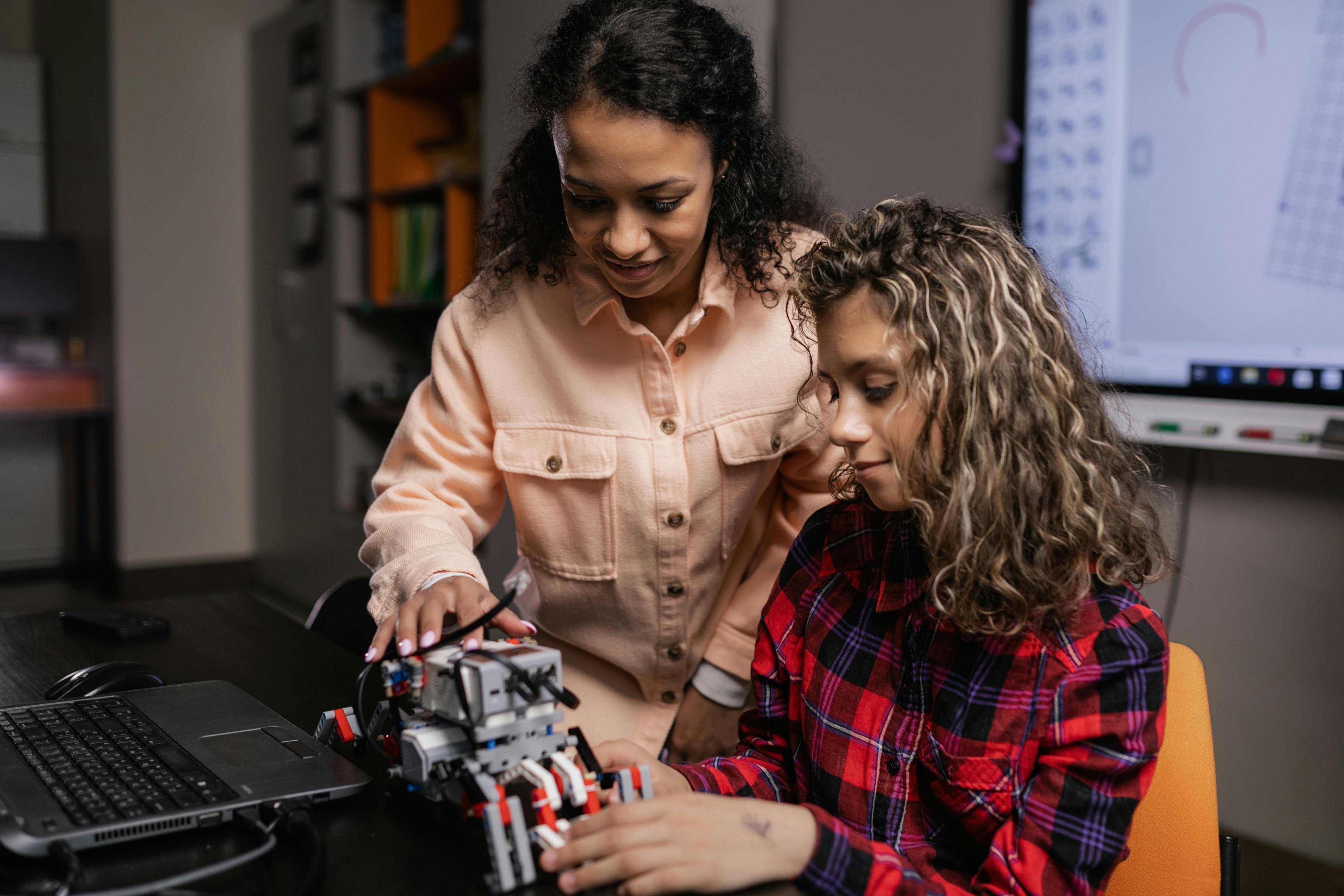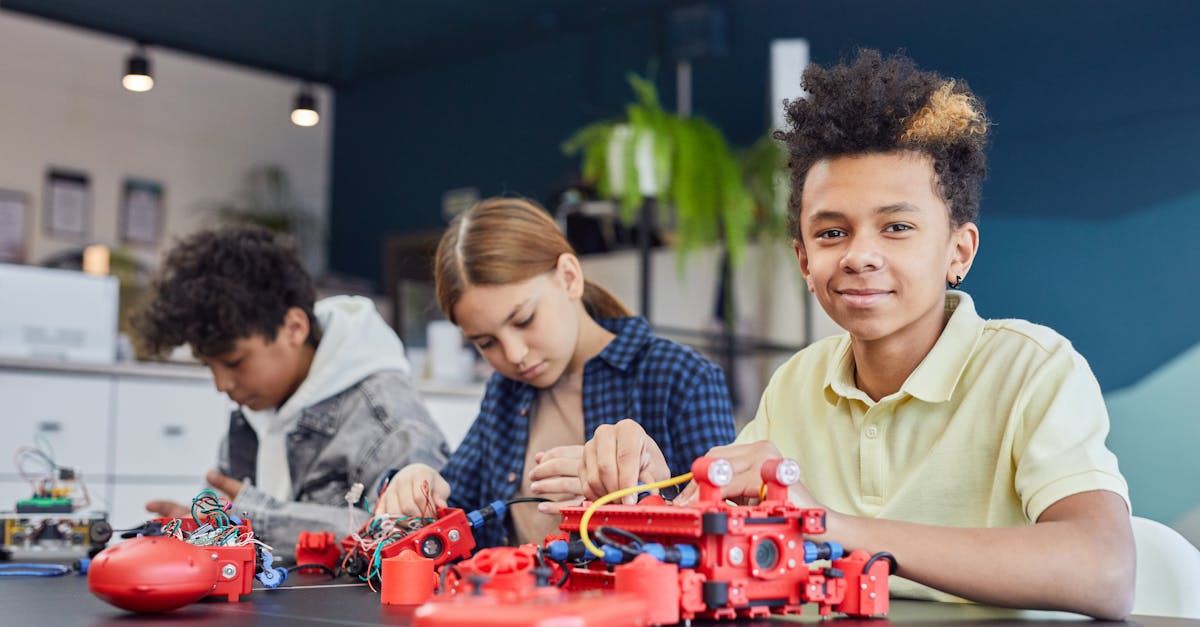Introduction
Robotics and artificial intelligence (AI) together will completely change the educational scene by 2024. These technologies are improving schooling not only personally and efficiently but also revolutionizing administrative work. The breadth, advantages, and difficulties of using AI and robotics in education must be understood as we enter this new era.
Range and Effects of Robotics and AI in Education
The application of robotics and artificial intelligence in education has grown dramatically, putting many creative ideas in the forefront. The following list of developing use cases:
-
Personalized Learning with AI Tutors: AI-driven platforms allow each student to advance at their own speed by assessing individual student performance and customising lesson plans to suit particular requirements.
- Science Education Robotics: In areas like science, technology, engineering, and mathematics (STEM), where they can illustrate difficult ideas through practical exercises, robots are being deployed as teaching aids in classrooms.

- AI-Driven Administrative Chores: To free up teachers to concentrate more on instruction, schools and educational institutions use AI to effectively manage administrative chores including scheduling, grading, and report generating.
Clarifying the Functions of Robotics and AI in Education
Robotics and artificial intelligence play several functions in educational contexts that improve both general efficiency and learning. Parts they play include:
-
Customized Curriculum Planning: AI technologies facilitate the creation of customized curriculum plans that take into account the interests, talents, and weaknesses of the students, hence improving learning results.
-
Improving Classroom Interaction: Interactive learning opportunities made possible by robots and AI-powered software help keep students interested and driven.
- Support in Special Education: By providing assistive technology and adaptive learning tools catered to the needs of students with disabilities, artificial intelligence and robotics significantly contribute to special education.
Features of Robotics and AI Integration in Education
Artificial intelligence and robotics combined provide the educational industry several benefits:
-
Enhanced Engagement and Motivation: Immersion learning experiences made possible by interactive AI applications and teaching robots keep students interested and driven to learn.
-
Accessibility and Inclusivity: All students, including those with special needs, may access and benefit from education more since AI-driven technologies can adjust to different learning styles and needs.
- Efficiency and Productivity: By automating administrative processes and offering customized learning experiences, educational institutions become more efficient overall and free up teachers to concentrate on deep connections with their students.
Problems and Things to Think About
There are difficulties and moral issues to be addressed even if AI and robotics have a lot to offer education:
-
Privacy and Data Security: Because AI uses a lot of data collection and analysis, there are privacy and data security issues with student information.
-
Cost and Infrastructure Requirements: Some educational institutions may find it prohibitive to invest significantly in infrastructure and training in order to use AI and robotics technologies.
- Teacher Training and Adaptation: Resources and continuous professional growth are necessary for teachers to successfully incorporate these technologies into their teaching methods.

Future Prospect and Patterns
When one looks past 2024, robotics and artificial intelligence in education seem to be here to stay. Anticipated are:
-
More Immersive Learning Experiences: AI-driven continuous improvements in virtual and augmented reality will produce even more engaging and participatory learning settings.
-
Increased Integration in Mainstream Education: A broad spectrum of disciplines and educational levels will be supported by AI and robots in mainstream education.
- Continuous Advancements in Technology: Cutting-edge advancements in robotics and artificial intelligence will continue to change the educational landscape and open up new opportunities.
Summary and Request for Action
It is obvious as we consider the future of education that robotics and artificial intelligence have enormous potential to revolutionize teaching and learning. To get the most out of new technologies, institutions, legislators, and educators must embrace them and make the necessary infrastructural, training, and resource investments. By doing this, we may make the educational environment more effective, inclusive, and interesting, thereby equipping students for the chances and problems of the future. Let’s make robots and AI investments for a better future in education.





